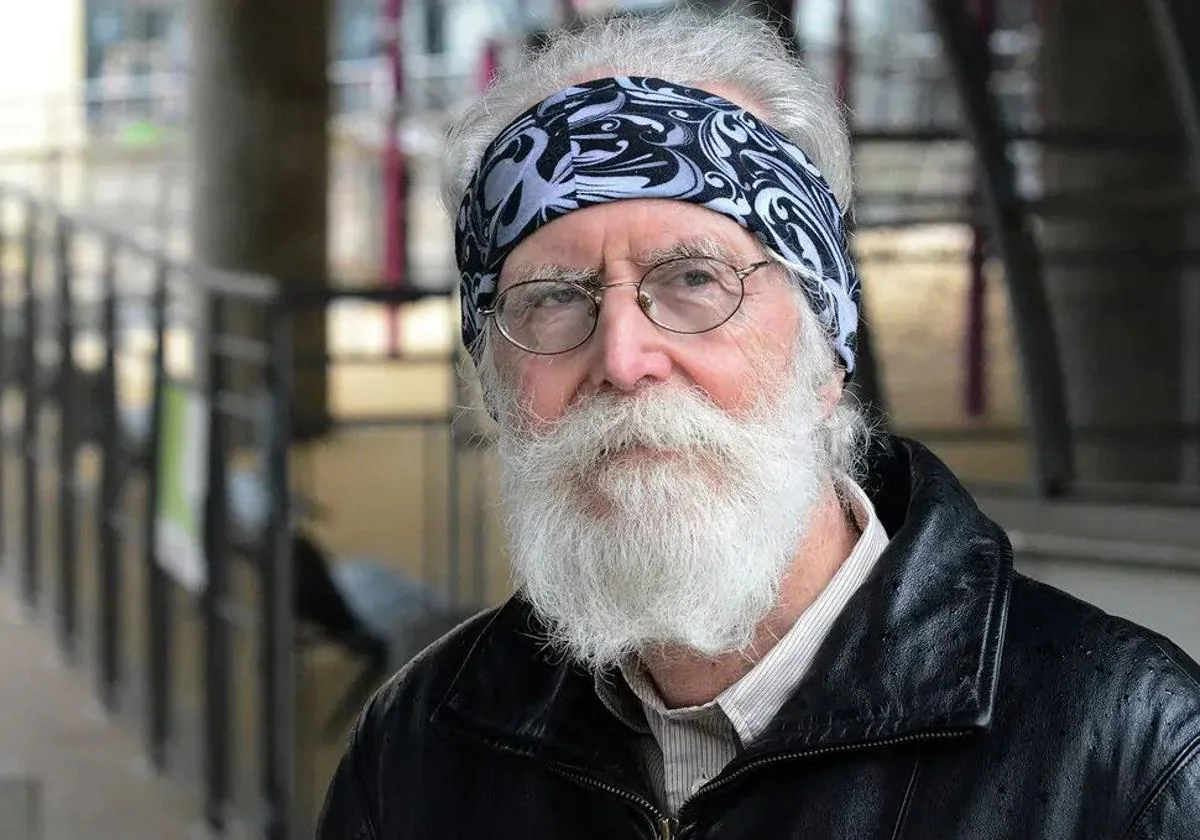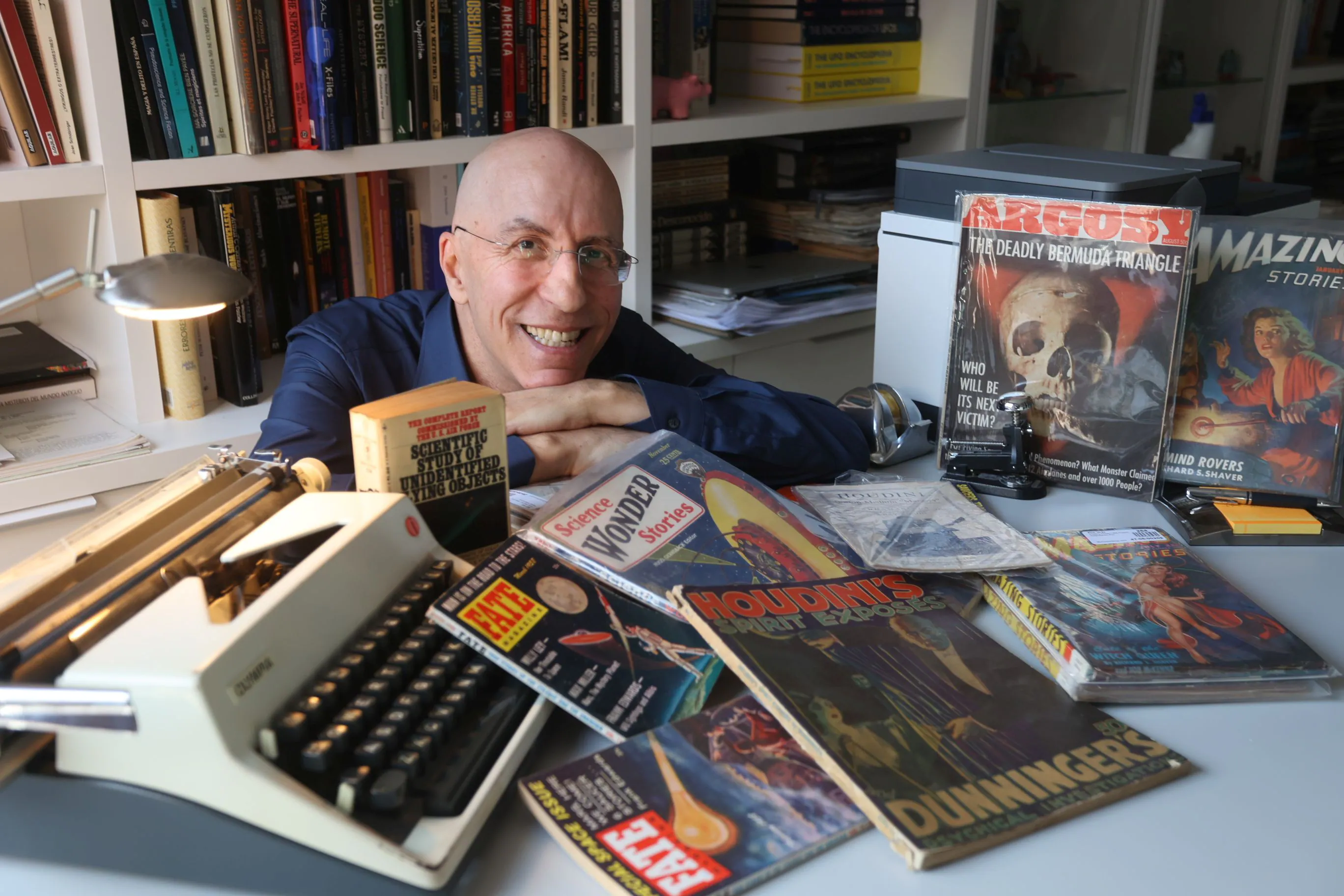a ring to dominate them all


Sometimes a molecule contains enough science to fill 200 years. Benzene, a transparent, slightly viscous liquid with a certain aroma of gasoline, was discovered in 1825 by Michael Faraday, a giant in this business. We find it in oil, in many resins and, in general, in many complex mixtures of organic substances that appear in nature. It is chemically very stable and does not react easily. Inside our cells, however, it interacts with several proteins and prevents them from fulfilling their function, so it is highly toxic and carcinogenic. Who was going to tell Faraday that he had discovered a hydra of chemistry, as fascinating as it was dangerous.
The dream of a genius
For decades, the question that everyone asked was what benzene looked like. It was known that it consisted of six carbon atoms and six hydrogen atoms, but no one seemed to be able to order them in space so that they made sense. Were all the carbons in the Indian row? Did they form a T? A cross? None of those ideas seemed to fit the experiments. It was known, for example, that when benzene reacts with a single substance, it results in a single product. But if we react with two substances appeared ... three different products. It was a good puzzle, and it had to be solved without being able to look at the pieces.
At this point an expert appears on the scene: August Kekulé. In 1857 Kekulé had discovered that the carbon atom has valence 4, that is, that a carbon atom can bind to four other atoms. A year later he proposed that, in addition, carbon atoms can be linked together, thus starting organic chemistry.
Kekulé also tried to attack the problem of benzene structure, and in 1865 he announced that he had succeeded: if one took the six carbon atoms and made them form a ring, alternating in the ring simple bonds and double bonds, to each carbon Only one link would remain free: one for each hydrogen. This structure also explained why the products of benzene reactions were so peculiar. When benzene reacts with a single substance, it replaces one of the hydrogen atoms; As in the ring all hydrogens are equivalent no matter where the new substance is inserted: all final molecules will be the same. However, when one inserts two substances instead of one, the thing changes: they can be inserted in two adjacent carbons (forming a "clock" that marks the one), or in two carbons separated by a third (forming a clock that marks the four), or in two carbons at opposite ends of the ring (and then the clock will show six). Three possibilities, as seen in the experiments.
Kekulé's announcement was immensely celebrated, as it had ended one of the most persistent mysteries of the nascent organic chemistry. Many years later, in 1890, Kekulé would tell at a public conference that the idea of gathering the carbon atoms in a ring had come to him in a dream, after falling asleep in front of the fire. He dreamed, he said, with rows of atoms dancing and contorting in front of his eyes, as if they were snakes. And then one of those "snakes" bit its own tail ... and Kekulé woke up immediately, knowing he had found the answer. No one knows how much is true and how much of a fable in this wonderful anecdote, but we are certainly fortunate that Kekulé never gave up on her.
Resonances and electron clouds
The intuition that the six atoms of carbon and hydrogen could fit into a ring with alternating double and single bonds had been brilliant, but to knock down a heavy weight like benzene it would take a little more work. Shortly after the announcement of Kekulé in 1865 the chemist Albert Ladenburg pointed out a defect in its structure: if it was true that in the ring there were double bonds and simple bonds then benzene, when reacting with two substances, should not generate three products, but many plus. For example, when the two substances bound to surrounding carbon atoms (that is, when they form "the clock that marks the one"), shouldn't it be different when those carbons are separated by a single bond or a double one?
Kekulé recognized that, indeed, it was. Their structure only made sense if the six carbons were equivalent, and therefore their six bonds should be identical as well. But to square the valences it was necessary that there was a double bond and then a simple one, a double one and a simple one… how could these two facts be reconciled? Kekulé proposed that what was happening is that the benzene molecule was not static: the bonds that were just now double were transformed into simple, and vice versa, at a great speed. The molecule oscillated between these two states, and we saw a kind of "average" of the two, in which all the bonds were equivalent. This phenomenon would be called later resonance, as if the molecule was vibrating like a bell.
The notion of resonance is useful, because it allows us to contemplate the benzene molecule as Kekulé wanted: formed by atoms that have an individual entity, each with its properties, and whose bonds depend only on each atom and its neighbors. However, with the advent of quantum physics in the twentieth century, another way of describing these peculiar properties of benzene appeared, and with it a new point of view on chemical properties.
In 1916 another giant chemist, Gilbert Lewis, proposed that the bonds between atoms were due to atoms sharing electrons: an electron, instead of staying around its own atom, revolves around it and the atom of side, and in this way both atoms are united. The idea was fabulous, because it allowed us to understand the notion of valence with which Kekulé and others had worked for decades in terms of the microscopic structure of atoms.
But the twentieth century is the century of quantum theory, and in quantum physics electrons are not balls that revolve around the nuclei of atoms. They look more like a “cloud” that surrounds the atom in all directions, and that can be spherical, or elongated, or have a butterfly shape, depending on the properties of the electron. If the electrons are responsible for the chemical bond, the fact that the electron "has a form" should affect the bonds. And indeed, benzene is a great example of this.
Analyzing how are those electron clouds in the benzene atoms we realize a remarkable structure: each carbon atom has four available electrons (the four valences of Kekulé), and the clouds of three of them are oriented so that the carbon bond with another carbon on your left, with a third carbon on your right and with a hydrogen. Those electrons, then, form the "shell" of the benzene molecule. They give rise to the ring and retain hydrogen atoms so that they do not escape. But each carbon has an electron left over. What does that solitary electron do?
Those electrons are the heart of the benzene molecule, and the source of many of its properties. Their clouds are oriented "in the wrong direction", perpendicular to the ring, so one would think that they cannot be used to do chemistry. And nothing is further from reality: the six clouds, one for each atom, are located above and below the ring, and when the molecule is formed the six come together to form two Additional rings, one above and one below the main ring. At that point these electrons cease to belong to a particular atom: they belong to the ring, to the entire benzene molecule.
From Kekulé's point of view, these "community" electrons are the double bonds: an extra reinforcement that each carbon atom brings to the ring. For Kekulé those bonds should be associated with two carbon atoms and only two, but now we know that electrons are distributed by the six carbon atoms. That is why Kekulé needed the notion of resonance: to "blur" those electrons and dilute them throughout the molecule. And eye, Kekulé never thought about electrons or knew anything about quantum physics. He simply realized these things and expressed them in another language.
The strongest ring
Those electron rings that cover the entire molecule have very important consequences for benzene chemistry. Other ring-shaped molecules, such as cyclohexane, have only the framework, only localized bonds. Compared to them, benzene is much more stable: it reacts much less and is harder to break. This is because the frame itself can bend, twist and, with enough energy, split. The benzene ring, on the other hand, has a special protection: that of that cloud of electrons that orbits the ring and has been, in a way, created by him.
The story of benzene is the story of how we come to understand what the chemical bond is and why it sometimes has unexpected properties. This story continues today: although we understand very well most of its properties, it is still discussed which of them we can attribute to individual atoms and which we have to give to the molecule as a whole. In short, we still have questions about what is the best way to understand these fantasies of chemistry.
DON'T KEEP IT UP
- The two descriptions of the benzene molecule, with double bonds and resonances, or with a molecular orbital that covers the entire ring, are equivalent. The first emphasizes the properties of individual atoms and the second in the molecule as a whole.
REFERENCES
- August Kekulé and O. Theodore Benfey. August Kekulé and the birth of the structural theory of organic chemistry in 1858. Journal of Chemical Education, vol. 35, do not. 1, pp. 21-23 (1958)
- David L. Cooper et al. The electronic structure of the benzene molecule. Nature, vol. 323, pp. 699–701 (1986)
- Peter A. Schultz and Richard P. Messmer. Are there π bonds in benzene? Physical Review Letters, vol. 58, pp. 2416-2419 (1987)
- Richard P. Messmer et al. Theoretical evidence for “bent bonds” in the CO2 molecule. Chemical Physics Letters, vol. 126is. 2, pp. 176-180 (1986)
- Yu Liu et al. The electronic structure of benzene from a tiling of the correlated 126-dimensional wavefunction. Nature Communications, vol. eleven, article no: 1210 (2020)











